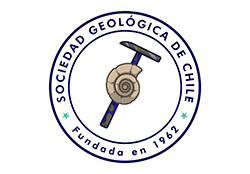AT3-4: Geothermal Resources: Opportunities for Sustainable Development.
Convener: Diego Morata, Centro de Excelencia en Geotermia de los Andes, Facultad de Ciencias Físicas y Matemáticas Universidad de Chile. dmorata@ing.uchile.cl
Description: At the beginning of the 20th century, Chile began the first geothermal exploration in South America in the north of the country, being, at that time, the third country in the world to explore geothermal resources. In a broader sense, the Andes is one of the largest untapped geothermal provinces in the world. The geological conditions of Chile, located in one of the most active subduction zones, with the highest concentration of active volcanoes in the continental crust, make it possible to effectively highlight the enormous geothermal potential existing in the Andes and, in particular, in Chile.
In 2017, the Cerro Pabellón geothermal power plant came into operation, the first in Chile (and South America), located in the Ollagüe commune at 4,500 meters above sea level, in the Antofagasta Region. On the other hand, in recent years strong efforts have also been made to encourage and increase the direct use of geothermal energy in the country, both for space heating, greenhouses, and various productive sectors. The future must be dominated by renewable energies. Geothermal, the only renewable that can be considered as base energy, can play a leading role in the future energy matrix, in order to point towards a more sustainable and energy-independent future.
The geoscientific community is invited to present research and applied works oriented towards the knowledge and feasibility of exploiting both high- to low-temperature geothermal resources in the area of the Andes.


